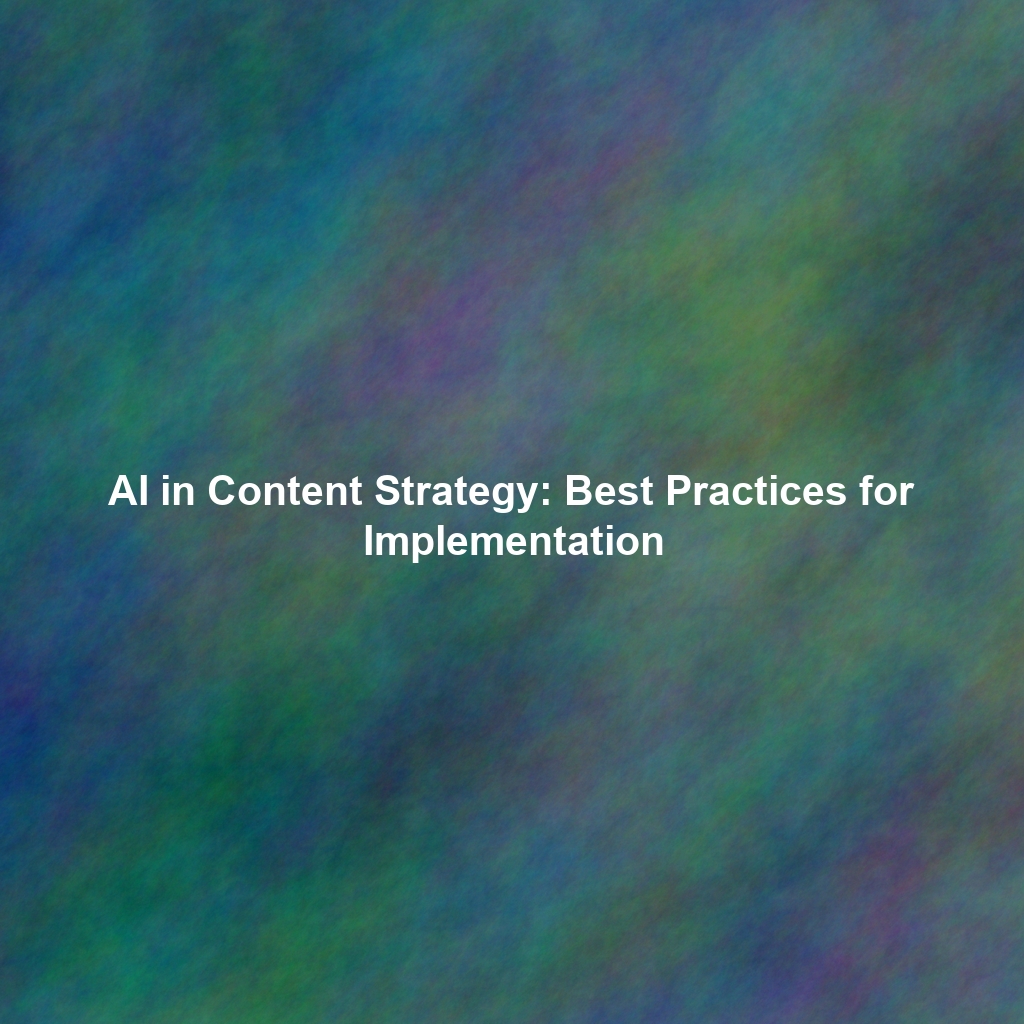Why Competitive Analysis Matters: The Consulting Perspective
Imagine launching a new product without knowing what alternatives exist, their pricing, or their customer perception. It’s like navigating a ship without a compass. Consulting firms emphasize data-driven decisions. Competitive analysis provides that data, allowing marketers to:
- Identify opportunities: Uncover underserved market segments or unmet customer needs.
- Mitigate risks: Anticipate competitor moves and prepare counter-strategies.
- Refine positioning: Differentiate your brand and offerings effectively.
- Optimize resource allocation: Focus your marketing efforts where they yield the highest returns.
- Inform strategic decisions: Guide product development, pricing strategies, and market entry decisions.
A Framework for Competitive Analysis: Inspired by the Best
Our framework, drawing inspiration from the rigor of consulting methodologies, involves three core components:
- Competitor Profiling
- SWOT Analysis
- Market Share Analysis
1. Competitor Profiling: Knowing Your Rivals Inside and Out
This step involves gathering detailed information about your key competitors. Think of it as building a dossier on each significant player in your market. It’s not just about knowing who they are, but what they do, how they do it, and why they do it.
Key Information to Gather:
- Basic Information: Company name, location, size, ownership structure.
- Products/Services: Detailed descriptions, pricing, features, and benefits.
- Marketing Strategies: Channels used (e.g., social media, advertising, content marketing), messaging, target audience.
- Sales Strategies: Distribution channels, sales force structure, customer relationship management.
- Financial Performance: Revenue, profitability, market capitalization (if publicly traded).
- Technology & Innovation: R&D investments, patents, technological capabilities.
- Customer Reviews & Feedback: Analyze online reviews, social media sentiment, and customer surveys.
- Management Team: Key personnel, their backgrounds, and expertise.
Data Sources: Publicly available information (company websites, annual reports, press releases), market research reports, industry publications, social media, customer reviews, and competitor intelligence tools.
2. SWOT Analysis: Uncovering Strengths, Weaknesses, Opportunities, and Threats
Once you’ve profiled your competitors, a SWOT analysis helps you understand their competitive position relative to your own. It provides a structured framework for evaluating both internal and external factors that can impact your success.
Performing a SWOT Analysis:
For each key competitor (and for your own company), identify:
- Strengths: Internal capabilities that give them a competitive advantage (e.g., strong brand reputation, innovative technology, efficient operations).
- Weaknesses: Internal limitations that hinder their performance (e.g., outdated technology, poor customer service, high costs).
- Opportunities: External factors that they could leverage for growth (e.g., emerging market trends, changing consumer preferences, new technologies).
- Threats: External factors that could harm their performance (e.g., new competitors, economic downturn, regulatory changes).
Consulting Firm Insight: Consulting firms often use a 2×2 matrix to visualize the SWOT analysis, making it easier to identify key strategic implications.
3. Market Share Analysis: Quantifying Competitive Dominance
Market share analysis reveals the relative size and influence of each competitor in the market. It provides a quantitative measure of their success and helps you understand the competitive landscape from a market penetration perspective.
Calculating Market Share:
Market share is typically calculated as:
(Your Sales / Total Market Sales) x 100
Analyzing Market Share Data:
- Identify market leaders: Who holds the largest market share?
- Track market share trends: How has market share changed over time?
- Understand competitive dynamics: Is the market concentrated or fragmented?
- Benchmark your performance: How does your market share compare to competitors?
Data Sources: Market research reports, industry associations, financial reports, and government data.
Putting it All Together: From Analysis to Action
Competitive analysis is not just an academic exercise. It’s a crucial input into your marketing strategy. Once you’ve completed the three steps outlined above, use the insights to:
- Develop a differentiated value proposition: Identify what makes you unique and appealing to customers.
- Set realistic goals and objectives: Base your targets on a clear understanding of the competitive landscape.
- Allocate resources effectively: Focus your efforts on areas where you can achieve the greatest impact.
- Monitor your progress and adjust your strategy: Continuously track your performance and adapt to changing market conditions.
Conclusion: Mastering the Competitive Landscape
By adopting a structured approach to competitive analysis, inspired by the methodologies of top management consulting firms, you can gain a deeper understanding of your market, identify opportunities, mitigate risks, and ultimately achieve greater marketing success. Remember that competitive analysis is an ongoing process. Regularly update your profiles, SWOT analyses, and market share data to stay ahead of the curve and maintain a sustainable competitive advantage.
 Skip to content
Skip to content

